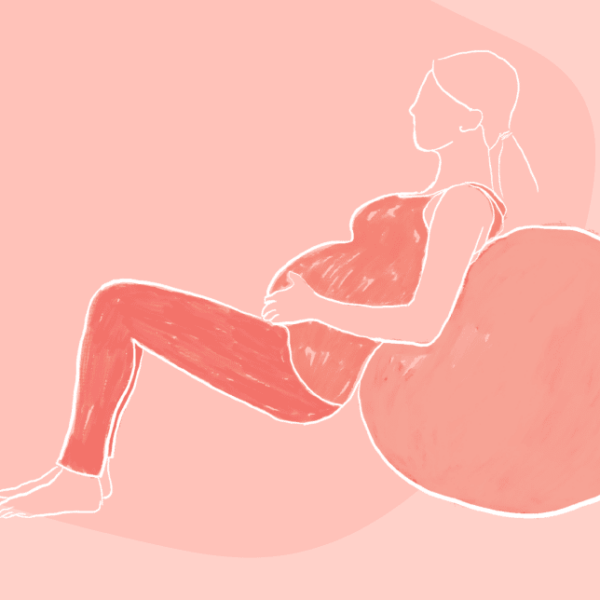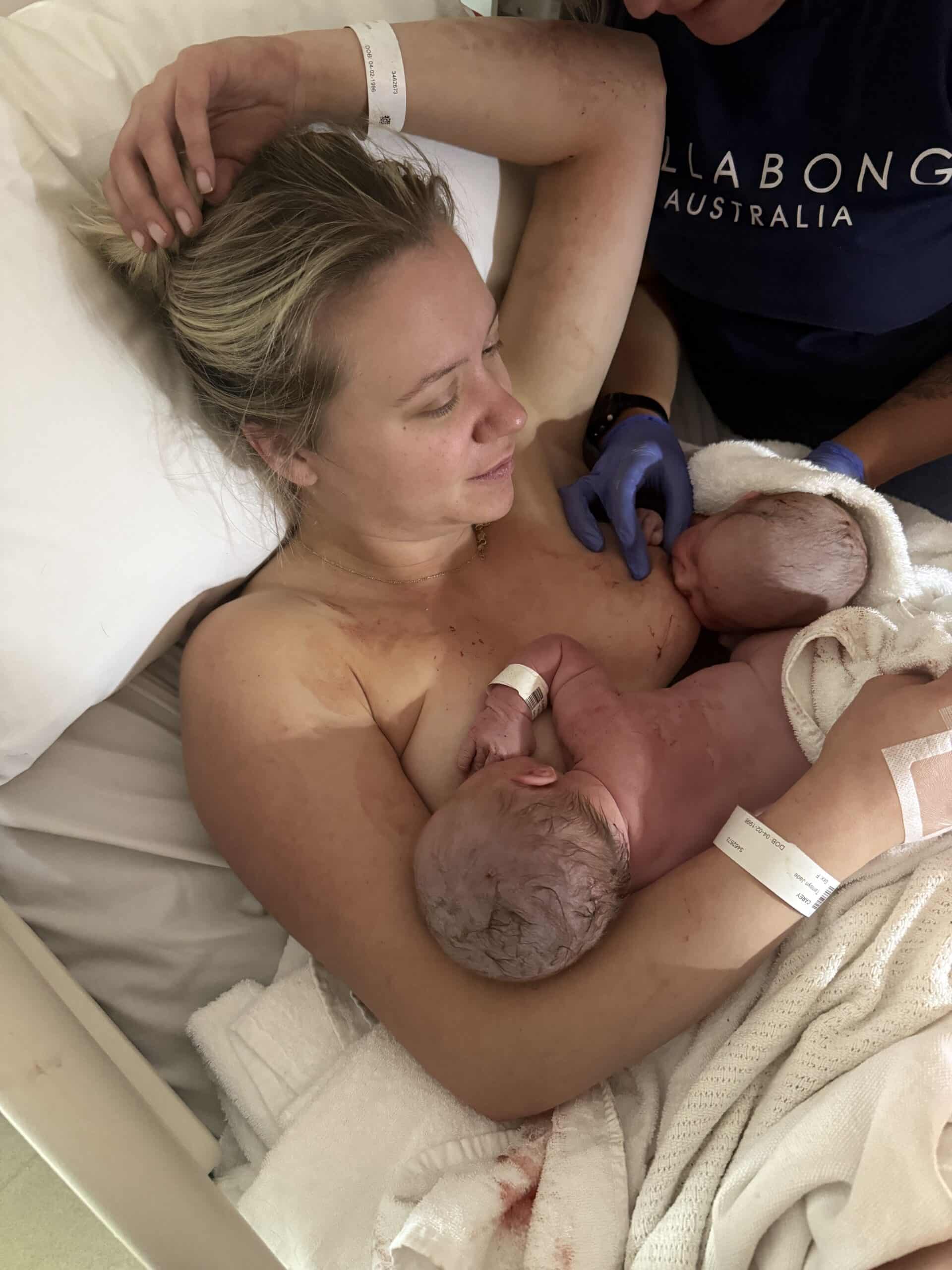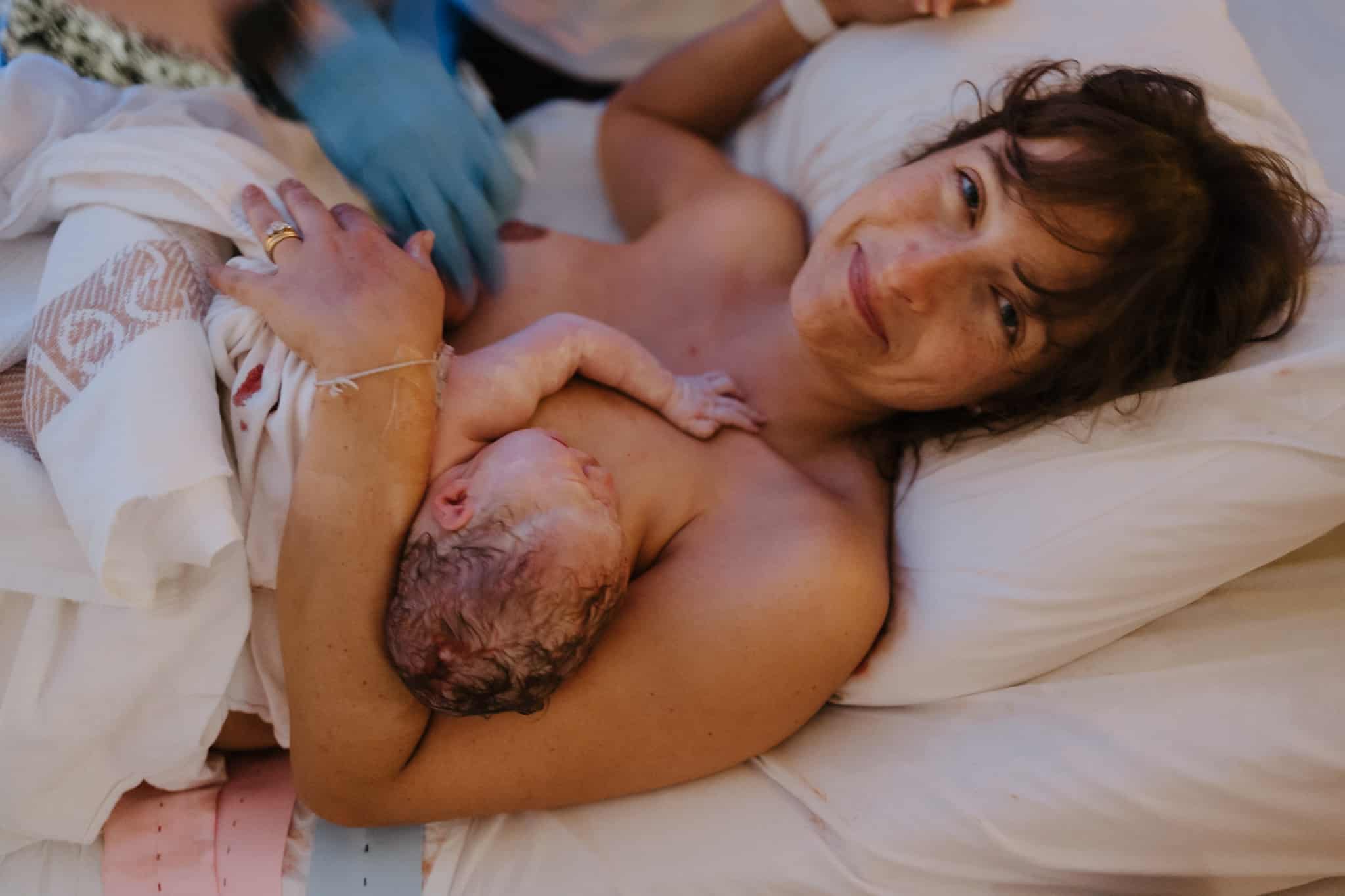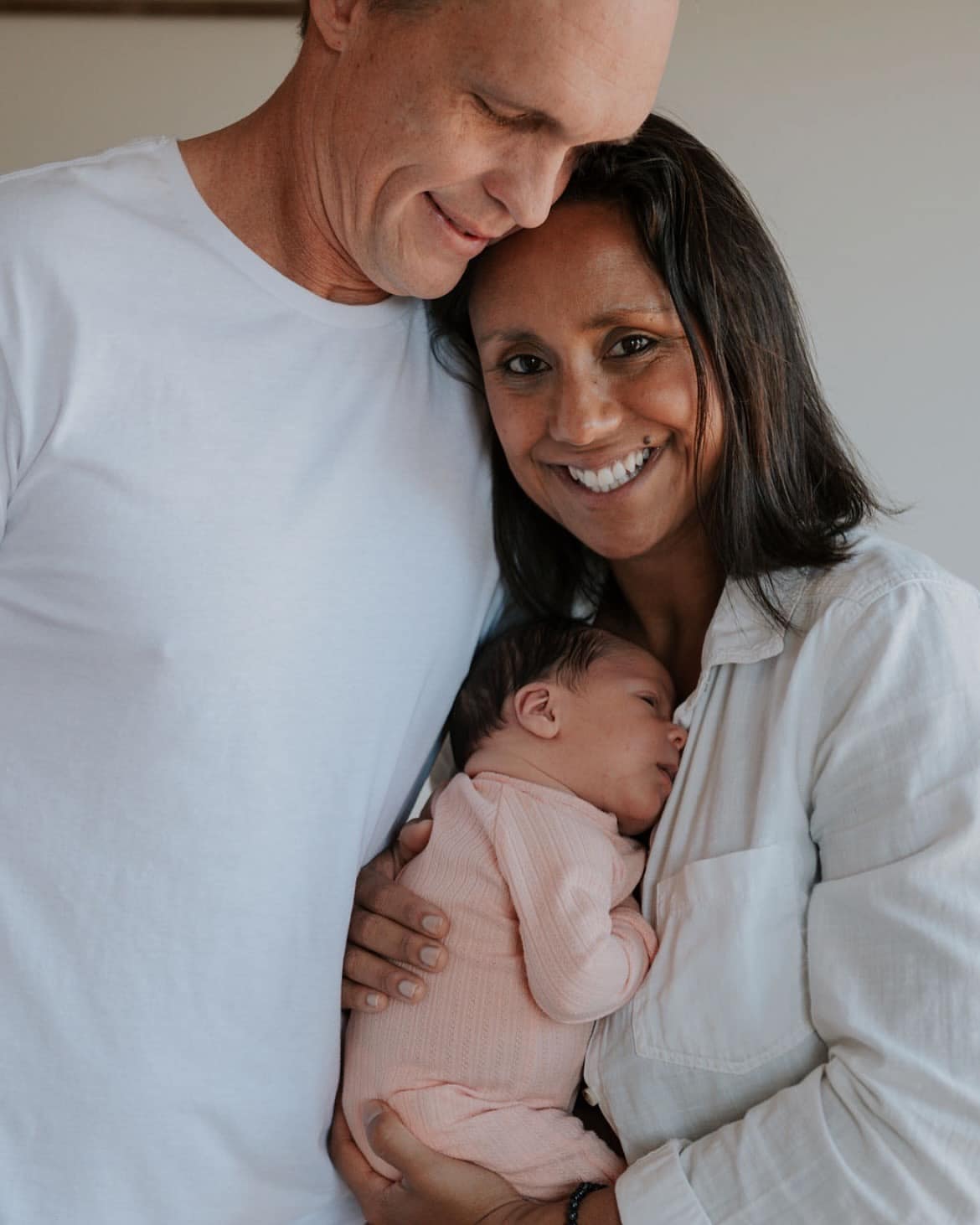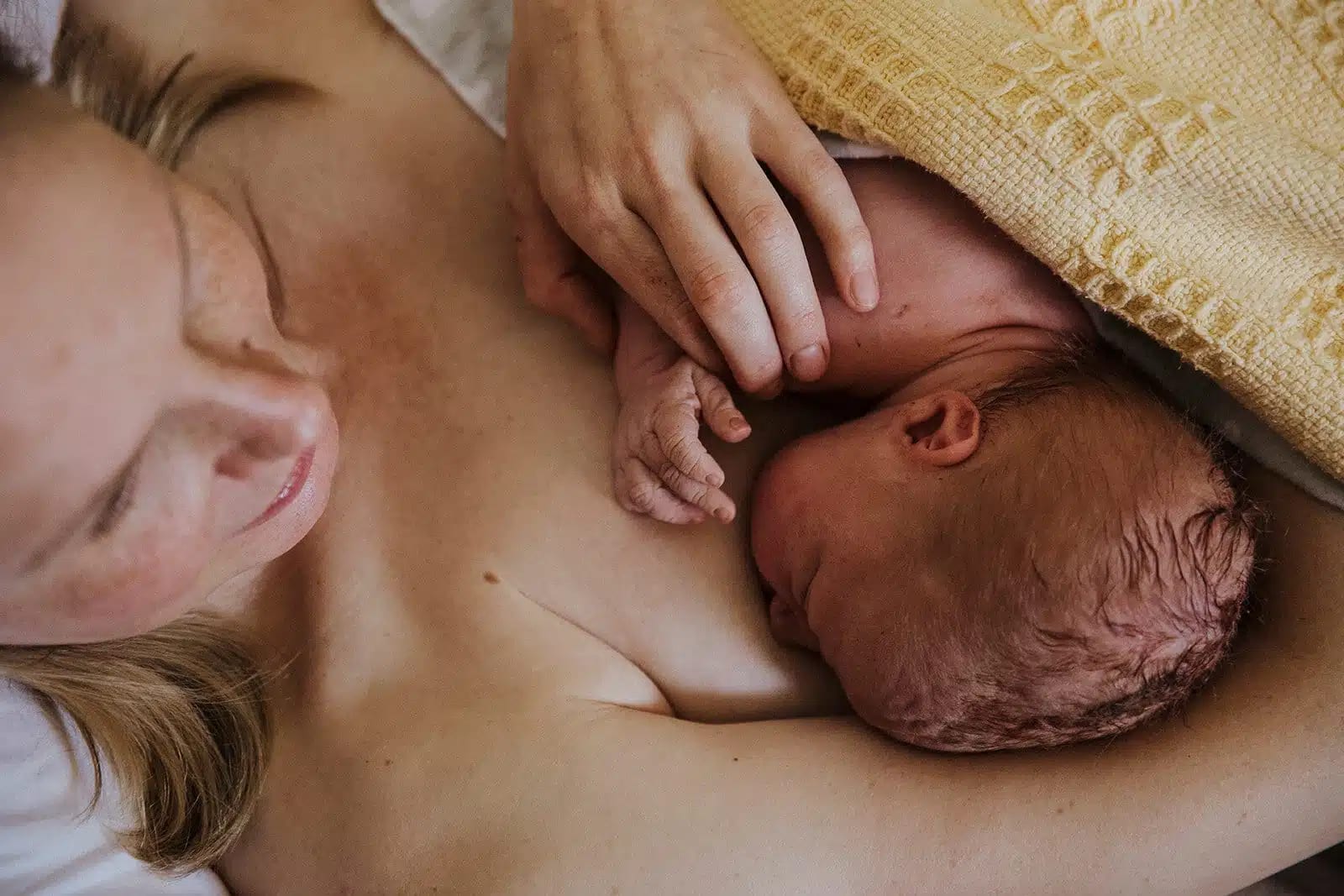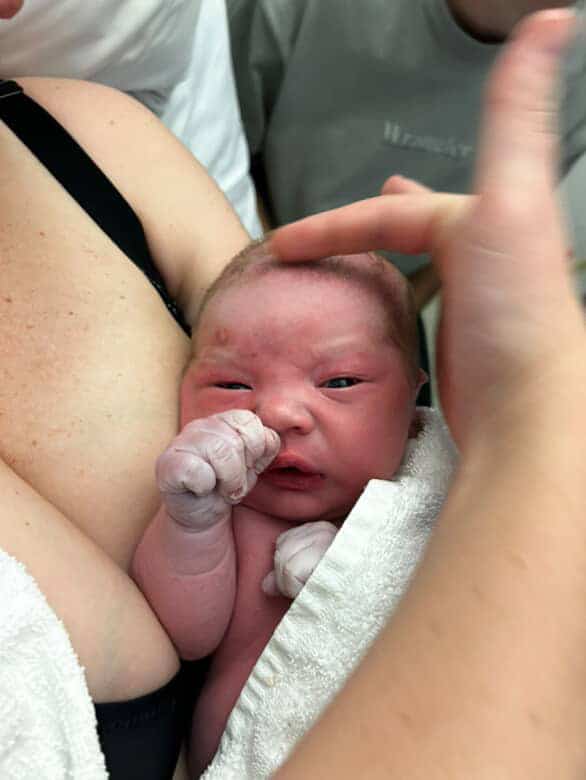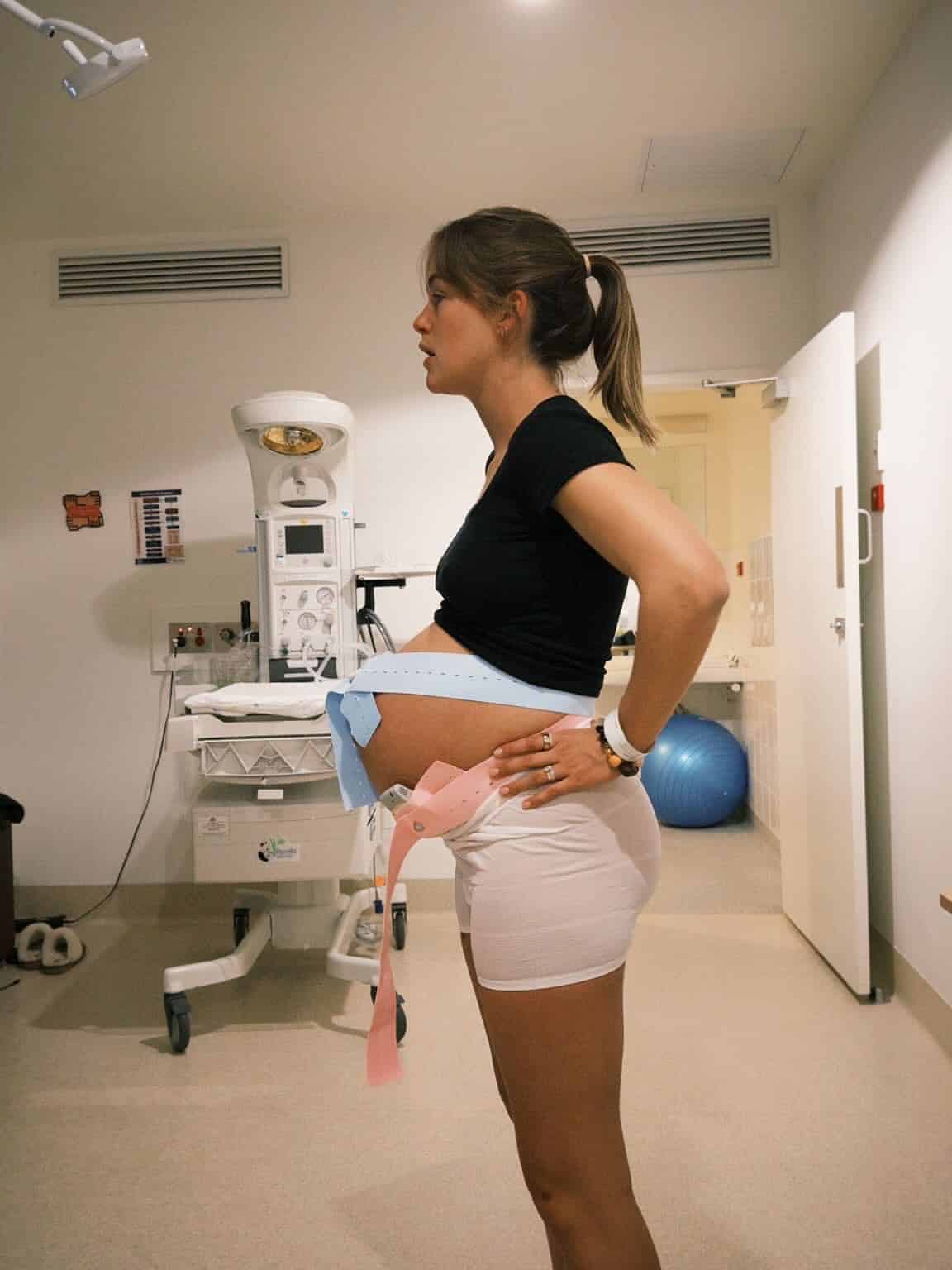Podcasts Olivia – fraternal twins, DCDA twins, vaginal birth
EPISODE 448
Olivia – fraternal twins, DCDA twins, vaginal birth
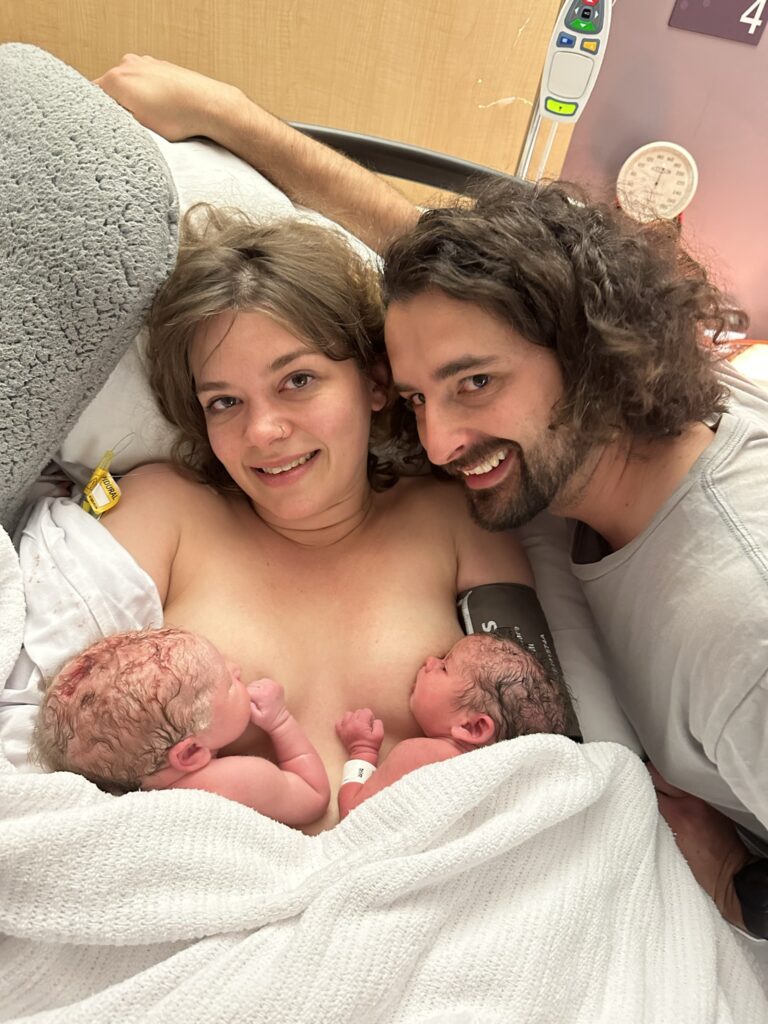
“It took us a while to conceive and I discovered that I had some adverse fertility factors that were working against us. I got a bit disillusioned as time went on. I found a really wonderful GP and we did preliminary blood tests but after six months I did more tests including an AMH test. This showed that my egg reserve was very low for my age and I was already worried about timing so we made the decision to just see a fertility specialist.
“I decided to relax for a while and stop testing my ovulation window. I was tracking my cycle so I knew when my period was due but the only pregnancy test I had was a dud. I walked to the chemist to get another test and on the way I listened to one of your episodes and it was twins…and then the test was positive. I went back to my GP and she did a urine test and confirmed I was definitely pregnant. I was already anxious at this point so she gave me a referral for a dating scan between seven and eight weeks and she sent off preliminary blood tests which showed a strong hCG result but it was still in the normal range.
“I bought your Welcome to The First Trimester course and knew I wanted midwifery care in the public hospital but then the dating scan changed everything. It was a massive shock…the next day I woke up and just cried all day. I’d created a picture of what my journey into parenthood would look like and that went out the window because my pregnancy, birth and parenthood was going to be very different.
“We were living in a little worker’s size cottage and we presumed we would stay there for one year with a baby but as soon as we knew we were having twins, we started looking for a new house which was very daunting. I went back to my GP to discuss my care options and we ended up choosing the Royal Women’s because they’re a tertiary hospital with a sophisticated NICU and if the twins came early. I couldn’t be referred into the hospital system until I’d had my 12 week scan and confirmation that both twins were still there and once I’d had that scan I was registered with the multiple birth care team.
“Our first appointment was with a midwife which was really friendly and reassuring. And then I had an appointment with an obstetrician who really focussed on the risks of a twin pregnancy and birth. It felt very business-like. At my 16 weeks appointment I was asked about my birth preferences and I made it clear that I wanted a vaginal birth and they explained that it had parameters, including baby A head being head down, I would need to be induced at 37 weeks and I would need to labour with an epidural. I was really intent on having a vaginal birth and if that meant also having an epidural, that was my preference over surgery.
“By about 28 weeks I started to feel the pregnancy; I had a lot of lower back pain, I was taking countless epsom salt baths…it was like my body was telling me to slow down. I listened, I took things easy, I saw a pelvic floor physiotherapist and started preparing myself physically for the end stages of pregnancy. I also noticed my anxiety rising and had intrusive thoughts about my support people having accidents or dying so my GP recommended I see a perinatal psychologist and I continued seeing her after birth, too.
“I connected with my psychologist and she started talking to me about my birth but also my preparation for the lifestyle and emotional changes of having newborn twins…and the overwhelm of it all. In hindsight I’m so glad I linked in with a psychologist prior to the babies being born because I ended up really needing that support in postpartum, too. She got to see who I was and where I was in pregnancy and she observed and supported me through the changes of postpartum.
“I was really aware of the statistics of twin birth, I was aware that many mothers went into pre-term labour at about 35/36 weeks. But they were very happy in there so I was resistant to induction, but I also saw the medical reasoning of induction. I wasn’t having any signs of labour so at my 36 week appointment I agreed to book in the induction for 37+3.
“We got to hospital at 5pm and they inserted a balloon catheter to loosen and open the cervix. By the next morning I was 2cm dilated so it had done its job. The next step was breaking my waters but we sat in the birthing suite for five hours before anyone came to see us and they later told us it was because they wanted to time the start of my labour with the operating theatre being clear which definitely seemed ominous. That said, both babies were head down. In the evening an obstetrician broke my waters and then the syntocinon drip started. Juno’s heart rate had dropped so they put a foetal clip on Remy’s head so they could externally monitor Juno. After that, things really ramped up; it felt like the pain and intensity had jumped up and I lost composure.
“Once I made the decision to have the epidural I felt like my overwhelm ramped up again. I used the gas while I was waiting for the anaesthetist and my contractions were so close together that the midwives had to hold me for the epidural to be inserted. It worked within ten minutes and it was a huge relief; I got my head back together and was able to think rationally. Soon after Juno’s heart rate dropped again and wasn’t recovering so our midwife had to call the obstetricians in for them to check. This happened three times and the head obstetrician started a conversation about an emergency caesarean. Juno was in an awkward position and they thought her umbilical cord was compressed with each contraction. I really wanted to try for a vaginal birth so the obstetrician was happy to give me another hour to labour. My midwife and student midwife helped me get into a side-lying position supported by the peanut ball and lots of pillows and after an hour her heart rate hadn’t dropped again. I ended up falling asleep but every so often I was waking to rotate to the other side. It got to 4am which was six hours since the epidural and my midwife did a vaginal examination and I was 10 cm.
“Ten people came into the room in preparation for the birth. I consented to an episiotomy and Remy was born soon after and he came straight to my chest. After a while I heard the obstetrician say that baby 2 – Juno – had flipped to breech. Her feet had started to descend and I had to listen closely to their instructions but she came out really easily. As soon as she was out I just felt relief and she was crying and screaming. Remy was 2.7kg and Juno was 2.2kg so she was a lot smaller than we anticipated. Two days after birth the paediatrician wasn’t willing to discharge Juno because of her size as she’s lost weight. She needed to make two significant weight gains in the following two days otherwise she’d be in NICU and I’d be discharged with Remy. Thankfully she made it and we were all discharged together.
“I saw the lactation consultant in the hospital and started using the medical grade pumps. I had a liberal approach to breastfeeding; I was going to give it my best shot but not at the expense of their or my health and needs. While we were in hospital it took a few days for my milk to come in so once we had used up all my colostrum we were feeding them formula. Once my milk came in I was told to pump as much as I could. Once we were home I was on the three-feed cycle; I’d breastfeed them, top them up with formula and also pump. I was putting the babies on at the same time, using the breastfeeding pillow and in the football hold. They’d often fall asleep before they got full so that’s when my partner would feed them their bottle top-ups (either expressed breastmilk or formula) and I’d pump so I spent most of my time chinese to the couch because it took so long and it made going places really hard. I ended up doing it for close to six weeks. Juno had a lot of trouble with her latch so I saw two lactation consultants; one helped me get rid of the nipple shields and another helped me with positioning to help her develop her oral muscles for latching because she was still having bottle top-ups at this stage. It took her three months to get the hang of breastfeeding and I had a lot of pressure from people around me to move her onto bottles because it was time consuming and frustrating. I really wanted to persist because I didn’t want to be breastfeeding one and bottle feeding the other; it was both do bottles or both breastfeed. Juno made some big jumps in weight and growth at three months and I’m still exclusively breastfeeding at nine months. I’m so glad I persisted because the logistics of breastfeeding are so much easier at this stage. I’ll often do individual feeds and it’s a really lovely way to foster a one-on-one connection.”
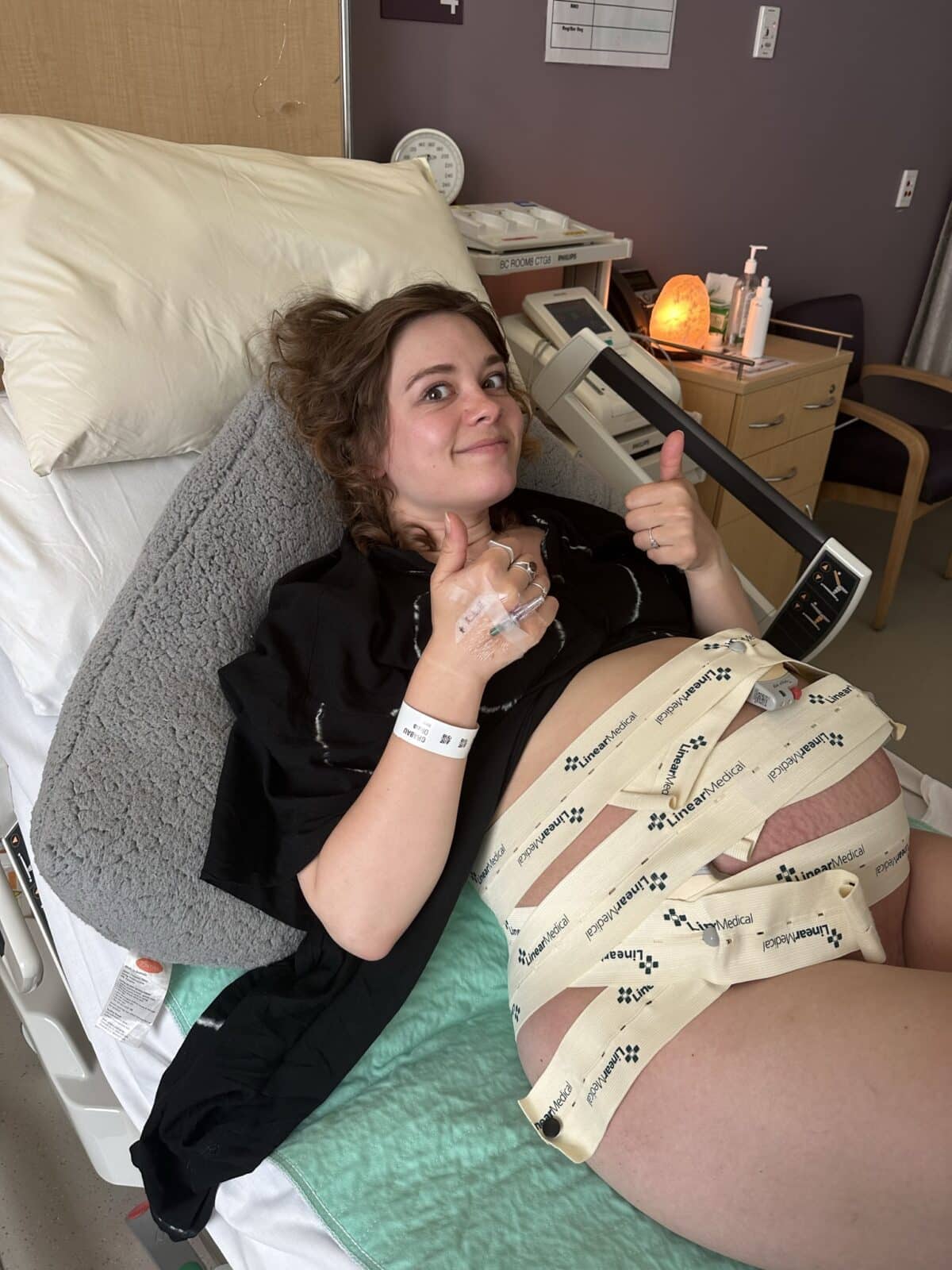

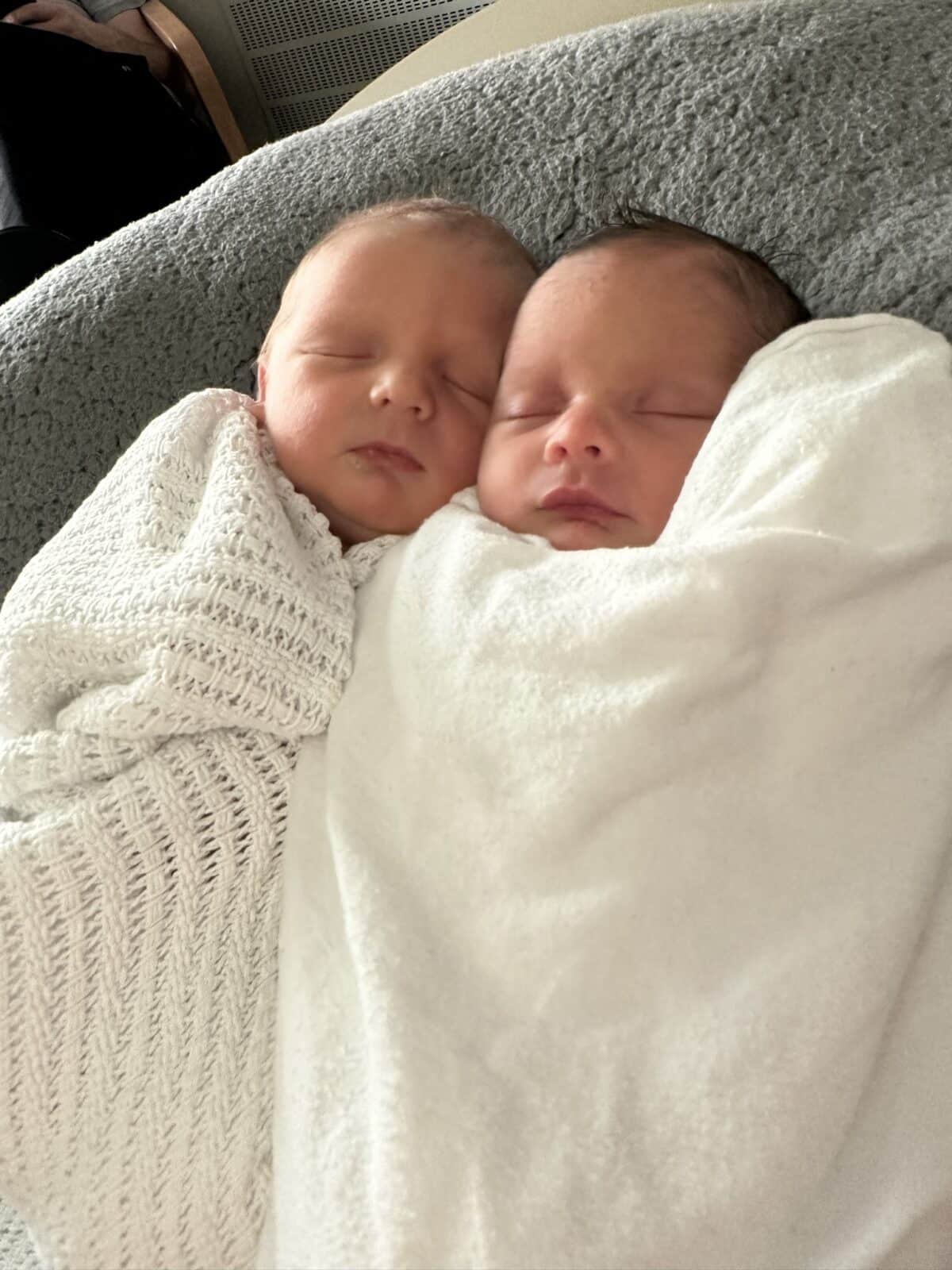

Topics Discussed
Breastfeeding, DCDA Twins, Fraternal twins, Induction, multiple birth team, Public hospital, Vaginal birth
Episode Sponsor
Today’s episode of the show is brought to you by my online childbirth education course, The Birth Class.
What makes The Birth Class so unique?
Well, instead of learning from one person with one perspective, we’ve gathered nine perinatal health specialists to take you through everything you need to know about labor and birth.
Realistic information is key to thorough preparation.
Categories
Related Products
-
The Birth Class
108 reviews$249.00The empowering online childbirth education program that will help you confidently prepare for birth.
Join the conversation
Sign up to get the latest updates, freebies, podcast releases straight into your inbox
@AustralianBirthStories
Follow along with us
@AustralianBirthStories
Follow along with us
@AustralianBirthStories
Follow along with us
@AustralianBirthStories
Follow along with us
@AustralianBirthStories
Follow along with us
@AustralianBirthStories
Follow along with us
@AustralianBirthStories
Follow along with us
@AustralianBirthStories
Follow along with us
@AustralianBirthStories
Follow along with us
@AustralianBirthStories
Follow along with us
@AustralianBirthStories
Follow along with us
@AustralianBirthStories
Follow along with us
